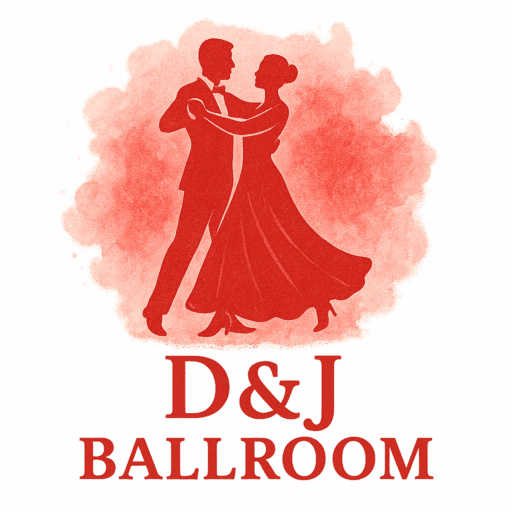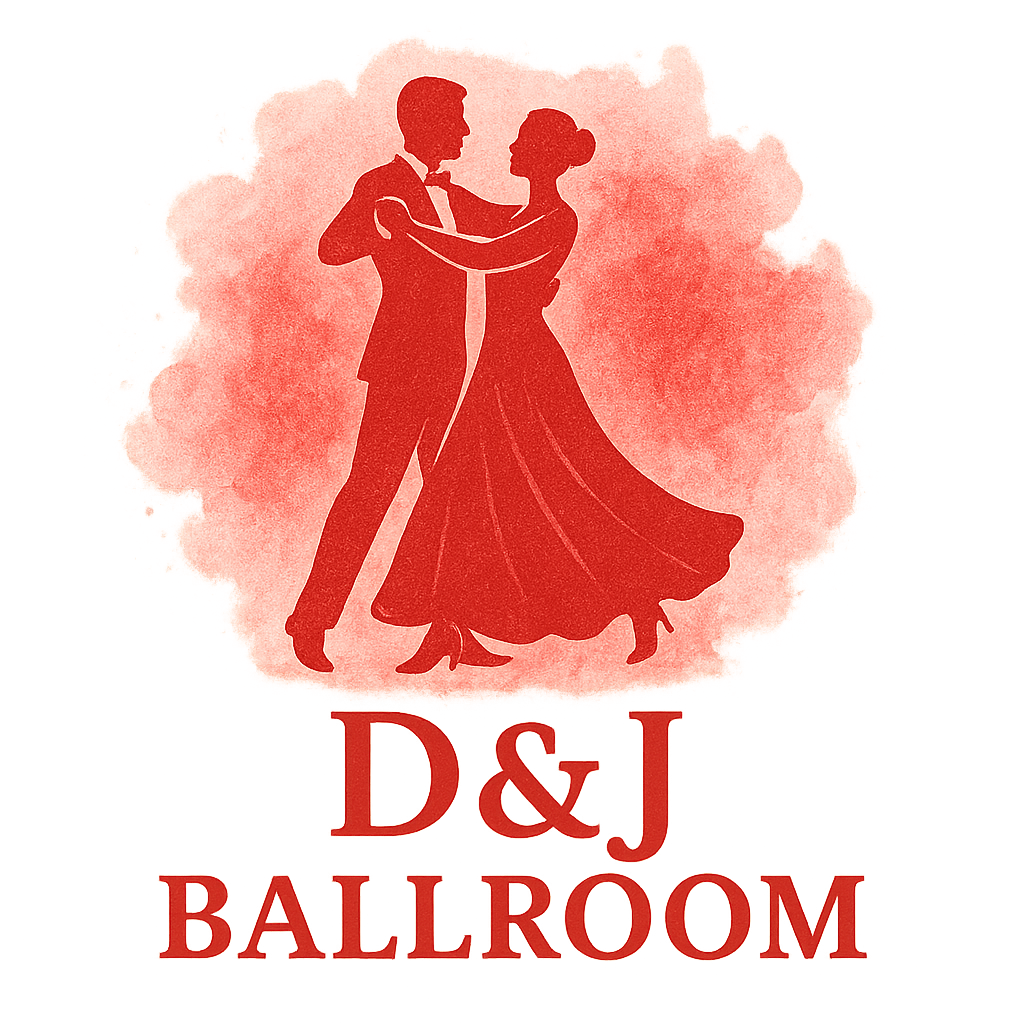Introduction to Ballroom Technique
Ballroom dancing is a blend of artistry, discipline, and connection. What often looks like effortless elegance on the dance floor is actually the product of countless hours of practice. And that practice isn’t just about memorizing steps—it’s about drilling the fundamentals.
If you’ve ever admired how ballroom professionals glide with ease, maintain perfect posture, and stay effortlessly in sync with music, here’s the secret: they never skip their technique drills.
Whether you’re learning the history and culture of ballroom dance or aiming to compete at high-level events, these drills are the foundation you can’t ignore.
Why Ballroom Technique Drills Matter
Building Strong Foundations
Think of ballroom as constructing a building. Without a solid base, no matter how stylish the design, it won’t hold up. Technique drills are your foundation—they train balance, coordination, and rhythm, so every step feels natural.
Technique vs. Style
It’s easy to get caught up in styling—arm flourishes, dramatic head turns, even fashionable ballroom attire. But without strong technique, style looks messy. Technique drills make sure your movements stay clean, giving you a polished stage presence.
Drill #1: Posture Alignment
Why Posture is the Core of Ballroom
In ballroom, posture isn’t just about standing tall. It’s about creating a lifted yet relaxed body frame that allows your partner to move freely with you. A strong posture makes your dancing elegant, no matter if you’re performing the Waltz or the Tango.

Step-by-Step Posture Drill
- Stand against a wall, aligning heels, hips, shoulders, and head.
- Engage your core but keep your shoulders relaxed.
- Walk forward, maintaining that alignment.
This simple daily habit reshapes your dancing from the ground up.
Drill #2: Frame Control
Understanding Partner Connection
Your frame is the invisible bridge between you and your partner. Without it, signals get lost, and dances fall apart. A strong frame ensures smooth communication in both competitive ballroom dancing and casual socials.
Exercises to Strengthen Frame
- Use resistance bands to simulate partner pressure.
- Practice holding equal tension in your arms without stiffness.
- Repeat basic figures focusing only on maintaining a steady frame.
Drill #3: Footwork Precision
Heel vs. Toe Leads
Each ballroom style follows specific footwork rules. For instance, Standard dances like Waltz and Foxtrot use heel leads moving forward, while Latin dances such as Rumba use toe leads. Learning proper footwork is essential to master different dance styles.
Practicing Controlled Steps
Lay strips of tape on the floor and practice stepping directly on them. This improves accuracy and prevents sloppy foot placement.
Drill #4: Balance and Weight Transfer
Finding Your Center of Gravity
Ever seen dancers who glide without wobbling? Their secret lies in balance. Try standing on one leg for 30 seconds while holding your frame—this builds core strength.
Sway and Swing Techniques
Practice side-to-side sways with controlled shifts. This drill is especially useful for dances with natural swing, like Viennese Waltz.
Drill #5: Rise and Fall Movement
Smooth Waltz Applications
Rise and fall add elegance to the Waltz, creating that “floating” effect. However, too much or too little ruins the flow.
Avoiding “Bouncing” Mistakes
Instead of bouncing from your ankles, bend and straighten your knees for a smooth elevation. This keeps your Waltz looking graceful instead of jerky.
Drill #6: Timing and Musicality
Counting Beats Correctly
If you can’t count, you can’t dance. Clapping along with music trains your rhythm. Focus on emphasizing the first beat to stay grounded.
Syncing With Partner Rhythm
Practice basic patterns with your partner while counting aloud. This helps couples avoid rushing or dragging, especially during dance competitions.
Drill #7: Hip Action for Latin Styles
Cuban Motion Explained
Latin dances thrive on hip expression. Cuban motion—created by bending and straightening the knees—naturally generates fluid hip action.
Isolating Hip Movements
Stand still and shift your weight side to side while keeping your upper body calm. Once it feels natural, add steps to bring the hips alive in Latin ballroom training.
Drill #8: Arm Styling and Expression
Using Arms Without Overpowering
Your arms are like picture frames for your dance—they enhance the movement, not overshadow it.
Arm Coordination Exercises
- Mirror drills: match one arm to the other for symmetry.
- Add arms gradually to basic figures.
- Record yourself for feedback.
Great arm styling pairs well with ballroom fashion, making you look polished on the floor.
Drill #9: Spotting and Head Position
Why Spotting Prevents Dizziness
When turning or spinning, spotting keeps you oriented and prevents dizziness.
Head Movements in Standard vs. Latin
In Standard, the head stays poised in frame, while in Latin, sharp head flicks add drama. Practicing both keeps you adaptable to different ballroom genres.
Drill #10: Floor Craft and Spatial Awareness
Navigating a Crowded Dance Floor
At events and competitions, multiple couples share the same floor. Good dancers avoid collisions through awareness.
Practicing Floor Patterns
Set up cones or chairs to mimic other couples and practice weaving gracefully between them. This skill makes you stand out at both socials and contests.
Drill #11: Breathing and Stamina
Managing Energy During Performances
Dancing is athletic. Without stamina, you’ll lose elegance halfway through a performance.
Breathing with Movement
Inhale during rises, exhale during falls. Syncing breath with motion reduces fatigue and makes your dancing feel effortless.
Combining Drills into Practice Routines
Daily Training Suggestions
- 10 minutes posture
- 10 minutes footwork
- 10 minutes musicality
- Rotate advanced drills through the week
Partnered vs. Solo Practice
Many drills—like posture, hip action, and arm styling—can be done solo. But when applied with a partner, they transform into true ballroom artistry.
Common Mistakes to Avoid in Technique Training
- Practicing without music
- Over-focusing on one drill while ignoring others
- Skipping feedback from instructors or peers
Benefits Beyond the Ballroom
Technique drills don’t just help with dancing. They improve posture, strengthen muscles, and boost self-confidence. Whether you’re preparing for competitions or simply enjoying social dance nights, these benefits extend into everyday life.
Conclusion
Ballroom excellence is built on repetition and fundamentals. By practicing these 11 ballroom technique drills, you’re not just training your body—you’re training your confidence, elegance, and presence. Whether you’re stepping onto the competition floor or enjoying a wedding dance, strong technique makes every movement shine.
FAQs
1. How often should I practice ballroom technique drills?
Aim for 30–45 minutes at least three times per week.
2. Can I practice without a partner?
Yes! Many drills—like posture, balance, and hip action—can be done solo before adding a partner.
3. Which drill is best for beginners?
Posture alignment, as it influences all other aspects of ballroom dancing.
4. How quickly will I see results?
With consistent practice, you’ll notice progress in 4–6 weeks.
5. Do these drills apply to competitions?
Absolutely—judges always prioritize strong fundamentals.
6. Are ballroom drills good for fitness?
Yes. They enhance stamina, flexibility, and core strength.
7. Can I use these drills in social dancing?
Of course! Whether on the competition floor or at a party, solid technique makes you more confident.


